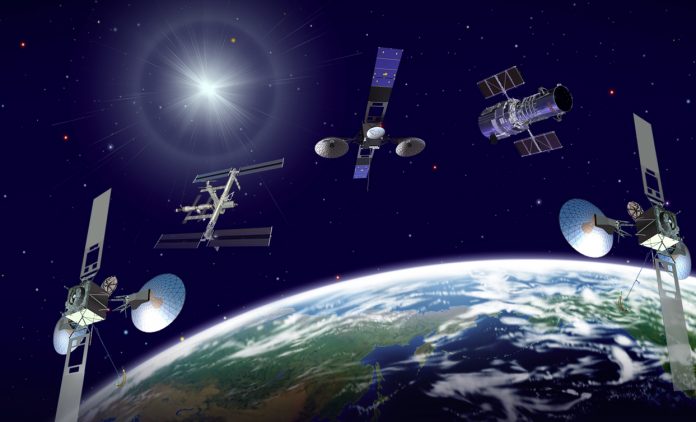
On Tuesday, NASA announced it would launch an initiative to upgrade the communications systems of the Space Network. The new Network will be able to transmit twice the data flow it currently sends and receives.
The project represents a fundamental step to bring space infrastructure up to date. New technologies are necessary to provide a better functioning of the agency’s operations in orbit.
To achieve this, NASA has formed alliances with the private sector. Recently, Orbital ATK announced it would develop several of the technologies necessary for future endeavors of the government space body.
The announcement comes as NASA sets out to continue on with several of their exploration missions. Both Saturn and Mars’ missions are among the agency’s top priorities in deep space.
How does the Space Network work?
A constellation of Tracking and Data Relay Satellites (TDRS) forms the Space Network. These satellites receive data from the International Space Station and send it back to Earth to NASA’s headquarters.
The TDRS satellites also provide connectivity to other NASA spacecraft and instruments currently in orbit like the Hubble Space Telescope.
The Space Network relies on ground terminals based on White Sands, New Mexico. From this data center, information from the International Space Station travels all the way down to NASA’s Johnson Space Center in Houston, Texas where mission control is located.
How will the upgrade enhance the Space Network?
The upgrade project contemplates the Space Network doubling its data transmission capabilities. The current capacity of the satellite group supports connections as fast as 300 megabits per second (Mbps).
The NASA initiative would enhance the structures of the Space Network to reach up to 600 Mbps and a higher volume of data from more advanced spacecraft.

“In total, the Space Network handles more than 900,000 minutes of data a month with over 13,000 communication events. This equates to, on average, 28 terabytes of information every day, which is about 1,100 single layered Blu-ray discs,” NASA states.
NASA’s project to propel the Space Network with faster speeds and higher capacity would also double these figures, resulting in a more connected space program and a more reliable transmission back to Earth.
Is the Space Network upgrade project in line with Trump’s plans?
Seeing that the upgrade of the Space Network is a necessary step to bring space communications to the 21st century, specialists think Trump should have no issue with the initiative from NASA.
However, the President-elect has openly expressed his intentions to cut weather monitoring from the agency’s budget. Data transmission of Earth’s climate monitoring satellites also relies on the Space Network.
Source: NASA











